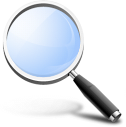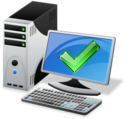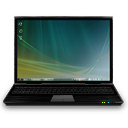Posted by Unknown on 7:09 PM

Data transmission rates, or internet speeds, vary depending on the type of Internet connection you use. Dial-up internet offers the slowest speed, with transmission of data ranging from 2400 bps (bits per second) to 56 Kbps. Digital Subscriber Line, known as DSL, and cable internet provide faster download speeds, up to 7.1 Mbps for DSL and 16 Mbps for cable. The performance and capabilities of your hardware affect the speed and may contribute to less than optimal internet performance. There are several simple steps you can take to improve your network connection.
Instructions
1 Delete temporary internet files and uninstall any unused programs to free up space on the hard drive.
2 Close out any programs that are not currently being used. Too many tasks running at once may slow your computer's responsiveness, especially images, videos and downloads.
3 Open Tools menu from your Internet Explorer toolbar and select Internet Options. Go to the Advanced tab and uncheck the boxes next to "Play animation in webpages" and "Play sounds in webpages". This will prevent large files from loading automatically when opening a new webpage.
4 Perform basic system maintenance by running a disk clean-up and a disk defragmentation, and set Internet Explorer to operate with no add-ons. You can access these utilities by opening the Start menu and selecting All Programs, then Accessories.
5 Open the Control Panel and select System, then Performance from the task menu. A rating of your system's performance is provided on the main page. Choose Adjust Visual Effects from the task menu and select "adjust for best performance" under the Visual Effects tab.
6 Improve your wireless signal by moving the router closer to your computer. Avoid placement near walls and metal surfaces, which may prevent the signal from reaching your computer.
7 Go to www.speedtest.net to perform an internet speed test, which measures the download and upload speeds of your current internet connection. The test should be repeated several times to acquire an overall average result.
8 Compare the results of the speed test to the expected speed of your modem and Internet service. If you are not achieving the expected Internet speed, you may want to consider upgrading the bandwidth of your service or opting for a different type of connection.
9 Run a diagnostic test to ensure your network devices are working properly. Open the Control Panel, select Network and Sharing Center and click "Diagnose and Repair" from menu. Devices may require repair, replacement or driver updates.






















































